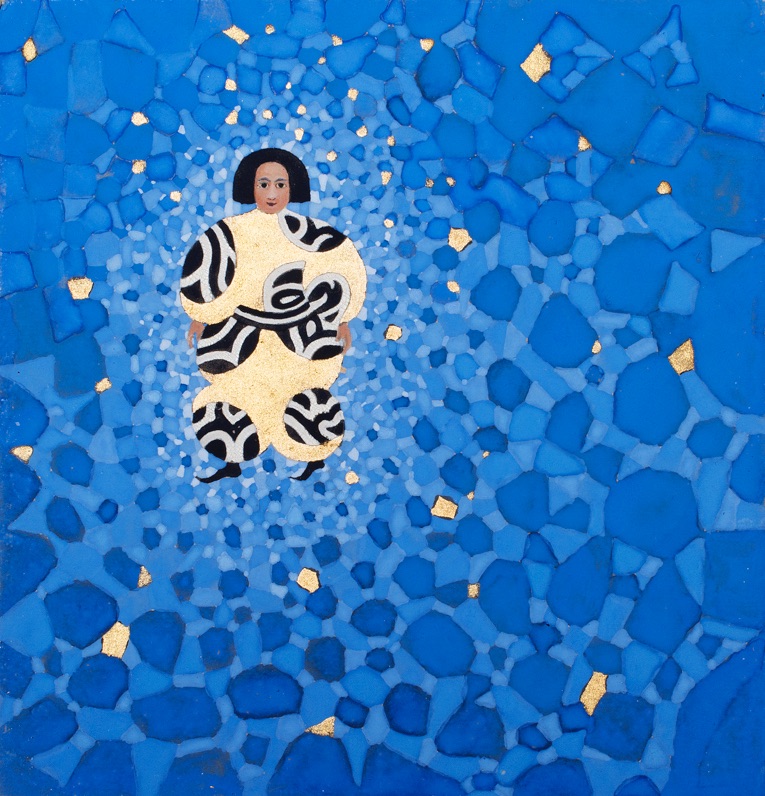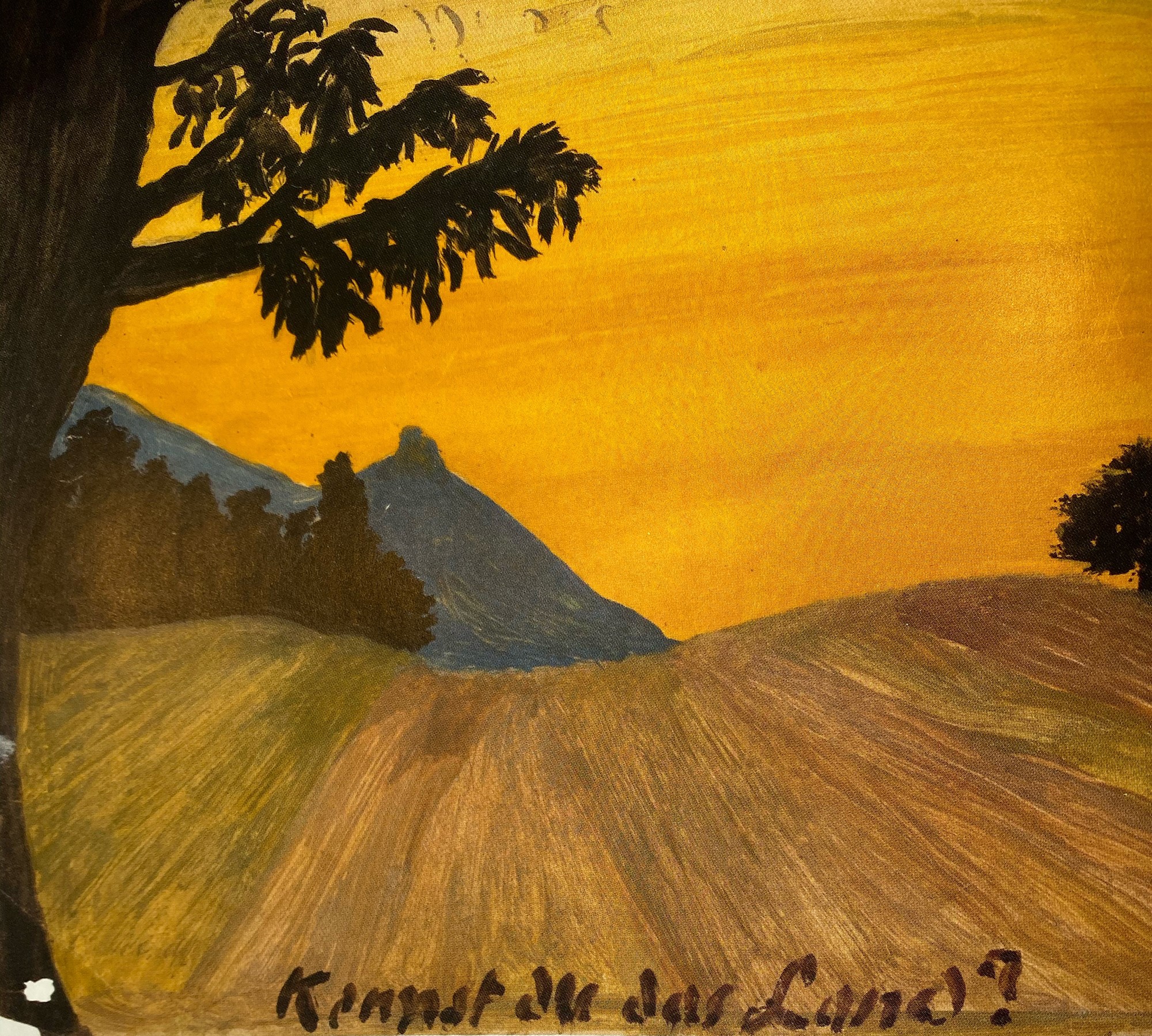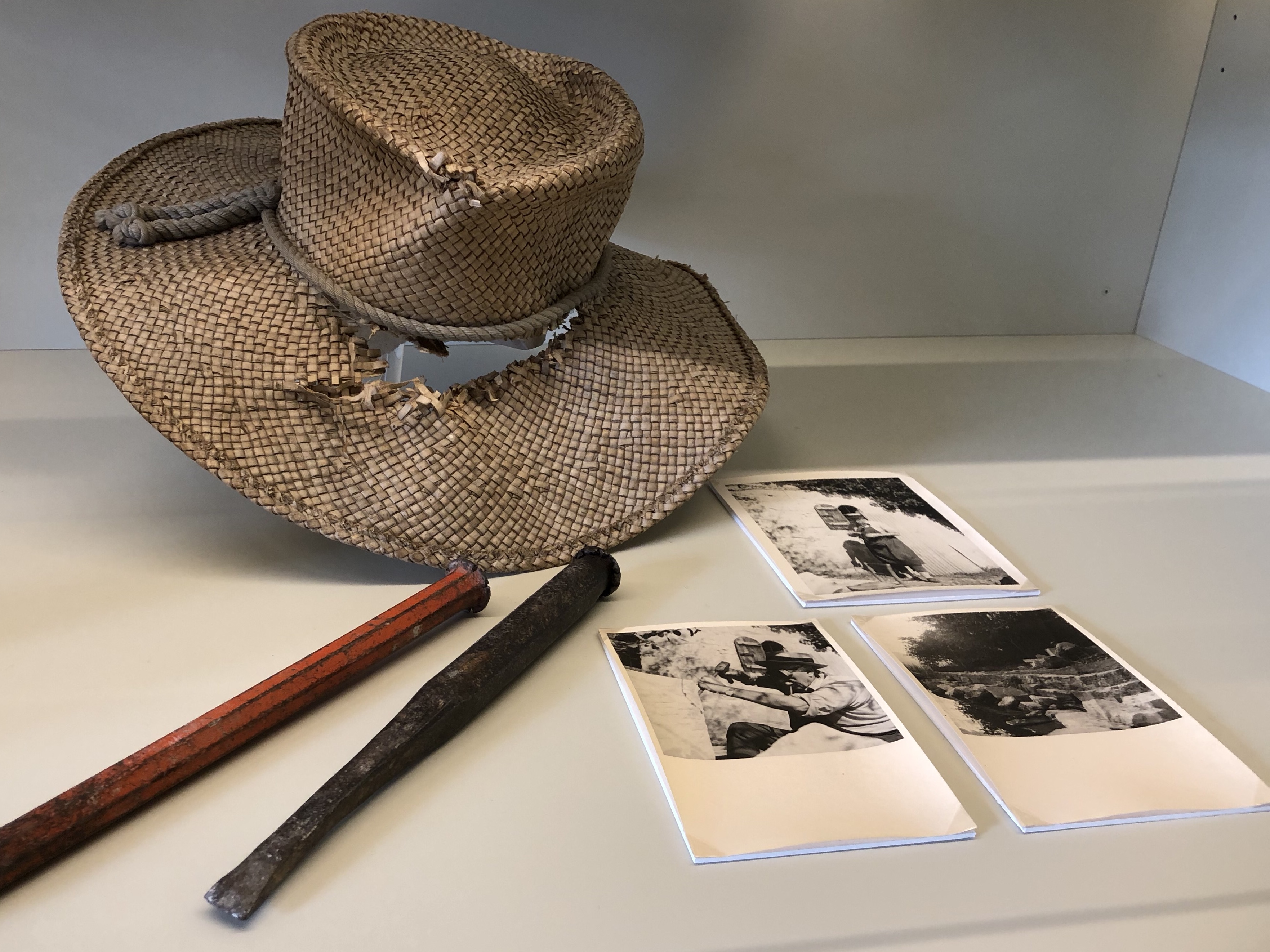
«In order to grasp the fantasies which were stirring in me ‚underground,‘ I knew that I had to let myself plummet down into them, as it were. [...] I had to take the chance, had to try to gain power over them; for I realised that if I did not do so, I ran the risk of
their gaining power over me.»
C.G. Jung. Memories, Dreams, Reflections, p. 213–214
Against the backdrop of the tension-filled world events before and during World War I, Jung experienced an existential personal crisis. In his agony, he turned to his unconscious soul. He let fantasies and inner images arise and stepped into dialogue with the beings that revealed themselves. This led to sketches, paintings, and wooden sculptures – which he understood as symbolic images of the unconscious pushing into consciousness.
In the special exhibition "C.G. Jung – Journey into the Unconscious" the Museum C.G. Jung House presents C.G. Jungʼs creative works from the time of his first confrontation with the unconscious. By showcasing C.G. Jungʼs works, the exhibition aims to show a link between his self-experimentation and the key terms and concepts of Analytical Psychology that came out of that experimentation.
Sponsors
With the kind support of our patrons.
Among others:

«If only I had time to paint, it soothes me like no other activity.»
Jung, quote from a personal letter
Throughout his life C.G. Jung spent a great deal of time painting, drawing and sculpting. However, he never considered himself to be an artist. To him, visual art was much rather a source of inspiration for his contributions to the understanding of the human psyche.
In this special exhibition, the Museum C.G. Jung House presented a number of artistic works from his early years. Some of these drawings and paintings have never been shown in Europe before. Visitors thus have had the opportunity to discover C.G. Jung’s own creative work, as well as his interest in and examinations of art. Unique to this show was that the pieces could be viewed in Jung’s private home and work space which were designed and furnished by himself for him and his family.
Sponsors
With the kind support of our patrons.
Among others:

The first of the special exhibitions planned at the Museum C.G. Jung House is dedicated to Carl Gustav and Emma Jung-Rauschenbach’s broad scope of interests and work. Relying on a selection of hats from the extensive collection held in the family archives, the show sheds light on key phases in the couple’s life, their work as researchers, their habits along with some of their likes and preferences. C.G. Jung’s varied headgear and Emma’s sundry hats symbolize their professional training and careers, but they also tell of adventurous journeys, award ceremonies and festive galas. Jung’s fraternity kepi, the army helmet and the mortarboard are references to his formative years; the homburg accompanied him when travelling to scientific symposia and during official receptions, while the silk scholar’s cap never left the study; the pith helmets protected him on his journeys to distant continents; the rather baggy felt hats bear reference to the handyman side in him, for instance, in connection with the building of Bollingen Tower. The photograph on the driving licence shows Emma Rauschenbach in 1929 wearing a fashionable cloche hat. Lofty straw hats came in handy when C.G. and Emma Jung visited the annual Eranos meetings in the Ticino, while the elegant ladies’ hats along with the bowler and top hat came into their own on festive occasions.